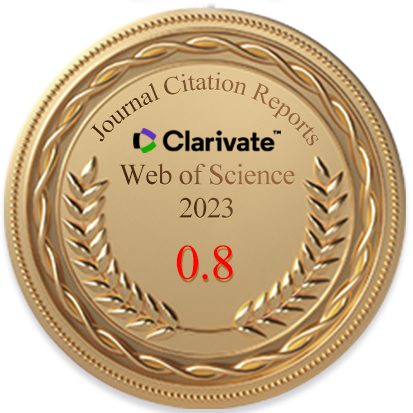While some countries have achieved considerable development, many others still lack access to the goods and services considered standard in the modern society. As $\mathrm{CO}_2$ emissions and development are often correlated, this paper employs the theoretical background of the Environmental Kuznets Curve (EKC) and the learning curves toolkit to analyze how carbon intensities have changed as countries move towards higher development (and cumulative wealth) levels. The EKC concept is then tested with the methodology of learning curves for the period between 1971 and 2010 , so as to capture a dynamic picture of emissions trends and development. Results of both analyses reveal that empirical data fails to provide direct evidence of an EKC for emissions and development. The data does show, however, an interesting pattern in the dispersion of emissions levels for countries within the same HDI categories. While data does not show that countries grow more polluting during intermediary development stages, it does provide evidence that countries become more heterogeneous in their emission intensities as they develop, later re-converging to lower emission intensities at higher HDI levels. Learning rates also indicate heterogeneity among developing countries and relative convergence among developed countries. Given the heterogeneity of development paths among countries, the experiences of those which are managing to develop at low carbon intensities can prove valuable examples for ongoing efforts in climate change mitigation, especially in the developing world.


















